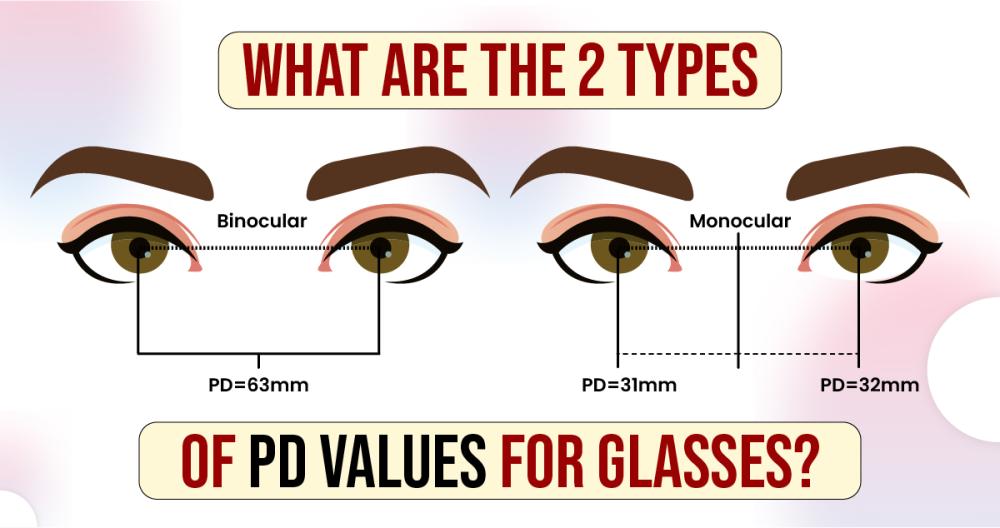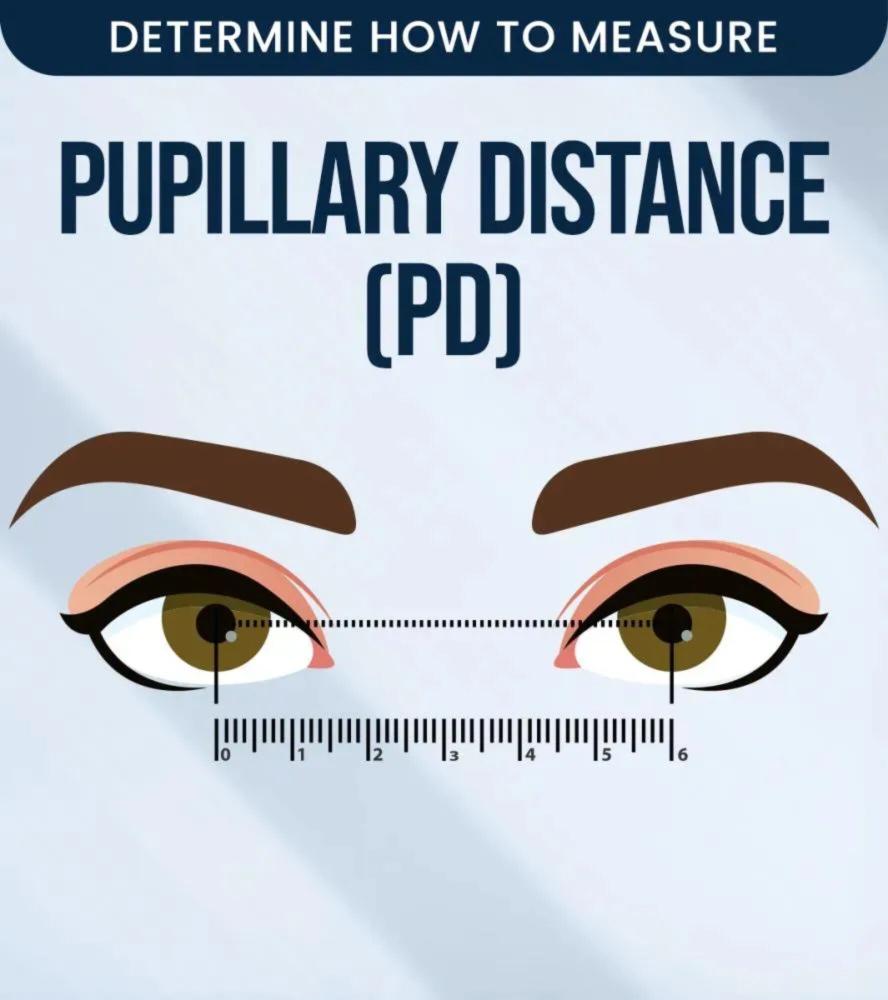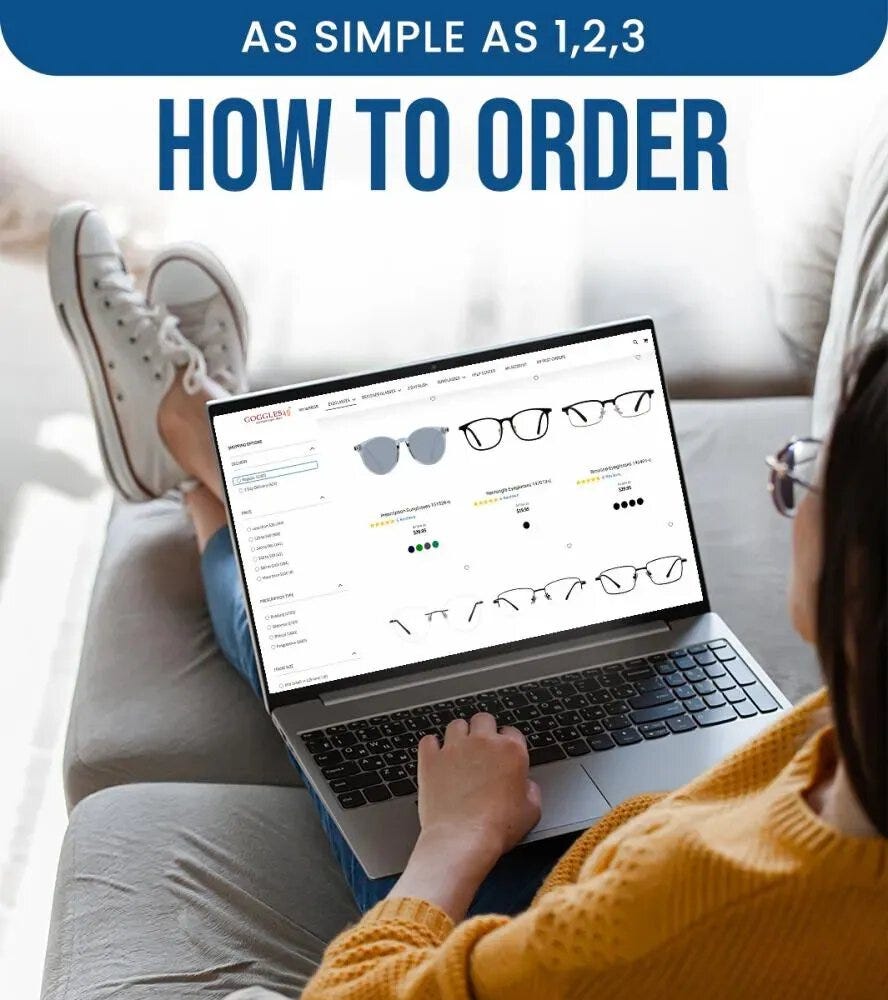
In the optical fraternity, and capacity of ordering eyeglasses online, the word "PD" seems to have made the new glass-wearers confused with its abbreviation which is "Pupillary Distance".
Most people still remain unaware of the importance of measuring your PD to gauge your vision to maximum clarity.
Let's discuss how PD makes a world's difference in buying glasses with perfect lens positioning so that your eyes get to see through the most effective part of the lenses at the time of viewing objects and consuming vision correction.
What Is PD Value In Glasses?
PD or "Pupillary Distance" is a personalized measurement of one center of your pupil to the another, enabling your lens manufacturer to find the most suitable focal point for lenses to offer optical clarity and comfort. The PD measurement is responsible for aligning your eyes with the optical part of the lenses.
Over the years, people have realized the importance of knowing their PD for glasses to enjoy vision clarity as it helps evaluate the correct optical centers when they see through lenses.

What Are The 2 Types of PD Values For Glasses?
Although the term PD reflects the same context, there are 2 types of PD values for glasses that are considered at the time of ordering glasses. First, it's the single PD which is simply the distance between one center of the pupil to another one.
When it comes to single PD, it is important to note that its average PD number is usually between 54-7mm. Also, when it comes to children's eyewear, the average single PD range is 43-58mm accordingly.
Secondly, the DUAL PD is more of a complex measurement for glasswearers whose eyes are not aligned with one another in the same width, and dimension. It means with dual PD, each center of the pupil is measured all the way to the center of the bridge of your nose. It is also denoted by millimeters. The Dual PD is written like "35/32" where the first number represents the measurement of the right eye and the second one is for the left eye.
Understanding The Significance of Measuring Your PD The Correct Way:
A correct PD value plays a huge role in setting up the right measurements for your corrective lenses. It's the way out to finding the most ideal center points through which you get to embrace vision clarity and minimize distortion.
The pupillary distance number is solely responsible for creating a well-structured alignment between the center of your pupils and the centers of your lenses to produce clear vision with precision.
When it comes to ordering a new pair of eyeglasses, you must voluntarily ask about your PD number from your optometrist at the time of getting your record for the new prescription measurement. Wearing glasses with correct PD also boosts the effectiveness of the prescription for your vision.
How To Measure Your PD?
It's a no brainer that you need an accurate PD number to get your prescription glasses. Most commonly, people get it issued once they're done with their eye-test at the clinic. However, at times, the optametrist would not provide or calculate the PD number by themselves.
In this case, you have the liberty of measuring your PD at home with a few tricks. Here's how you can measure your PD single handedly and order your new pair of prescription glasses.
You can measure your Pupillary Distance (PD) at home with just a mirror and a ruler.
What You Need:
- A mirror
- A millimeter (mm) ruler
- Good lighting
Steps to Measure Your PD:
1. Stand in Front of a Mirror – About 8-12 inches (20-30 cm) away.
2. Hold the Ruler – Place it flat against your forehead, aligning it above your eyes.
3. Close One Eye – Close your left eye and align the ruler’s zero (0) mark with the center of your right pupil.
4. Open Left Eye & Close Right – Now, close your right eye and look straight ahead. The number that aligns with the center of your left pupil is your PD.
5. Double-Check – Repeat the process 2-3 times to ensure accuracy.
 |
 |
 |


